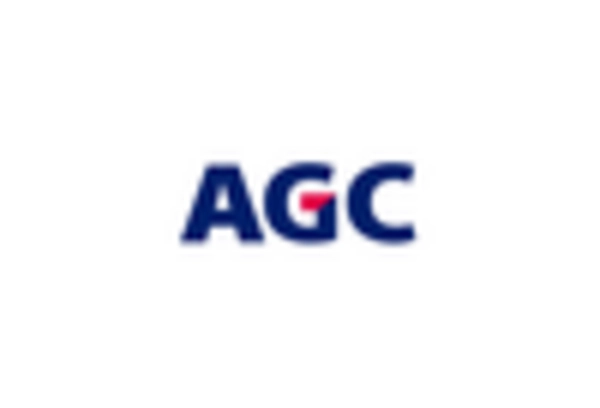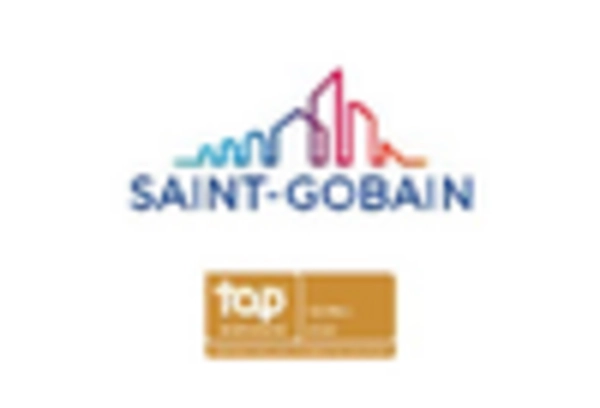Market Analysis
In-depth Analysis of Honeycomb Glass Market Industry Landscape
The honeycomb glass market is undergoing dynamic changes driven by a convergence of factors that influence both the supply and demand sides of the industry. Honeycomb glass, characterized by its hexagonal cell structure, finds applications in various sectors, including aerospace, automotive, construction, and electronics. The market dynamics are shaped by advancements in glass technology, increasing demand for lightweight and high-strength materials, sustainability considerations, and the diverse applications of honeycomb glass.
Technological advancements play a crucial role in shaping the dynamic nature of the honeycomb glass market. Innovations in glass manufacturing technologies, including precision forming methods and composite materials integration, contribute to the production of honeycomb glass with enhanced properties. Advanced manufacturing processes allow for the creation of intricate honeycomb structures with high precision, influencing the performance and functionality of honeycomb glass in different applications. These technological advancements impact the market dynamics by expanding the range of potential uses for honeycomb glass.
The aerospace and automotive industries significantly influence the market dynamics of honeycomb glass. The demand for lightweight materials with high strength and durability is a driving force behind the adoption of honeycomb glass in these sectors. In aerospace applications, honeycomb glass is used for components that require both structural integrity and reduced weight, contributing to fuel efficiency. Similarly, in the automotive industry, the emphasis on lightweight materials for improved fuel economy and overall performance drives the demand for honeycomb glass components, influencing market dynamics.
Sustainability considerations are becoming increasingly important in shaping the market dynamics of honeycomb glass. As industries seek eco-friendly and energy-efficient solutions, honeycomb glass stands out for its potential to contribute to sustainable practices. The recyclability of glass and its ability to be integrated into energy-efficient building designs align with environmental goals, influencing market dynamics by catering to the growing demand for sustainable construction materials and energy-efficient solutions.
The diverse applications of honeycomb glass contribute significantly to the dynamic landscape of the market. In addition to aerospace and automotive uses, honeycomb glass is employed in architectural designs, electronic devices, and renewable energy systems. The versatility of honeycomb glass ensures that its market dynamics are influenced by trends in multiple sectors, making it a crucial material in various high-performance and technologically advanced applications.
Competition within the market fosters innovation and efficiency in honeycomb glass production. Companies are continually striving to differentiate themselves by offering high-quality honeycomb glass products, exploring new applications, and optimizing manufacturing processes. Collaborations and partnerships between honeycomb glass producers, research institutions, and end-users contribute to ongoing research and development, driving innovation and influencing the competitive landscape of the honeycomb glass market.
Socio-economic factors, including urbanization, infrastructure development, and the adoption of advanced technologies, contribute to the market dynamics of honeycomb glass. As urban areas expand and infrastructure projects demand materials with specific structural and energy-efficient properties, the demand for honeycomb glass increases. The adoption of advanced technologies, such as smart glass applications in electronics, further influences the consumption patterns of honeycomb glass, shaping the overall market dynamics.









Leave a Comment